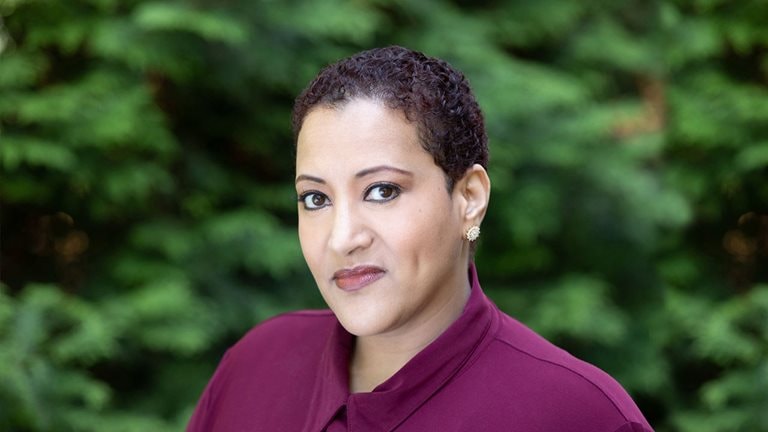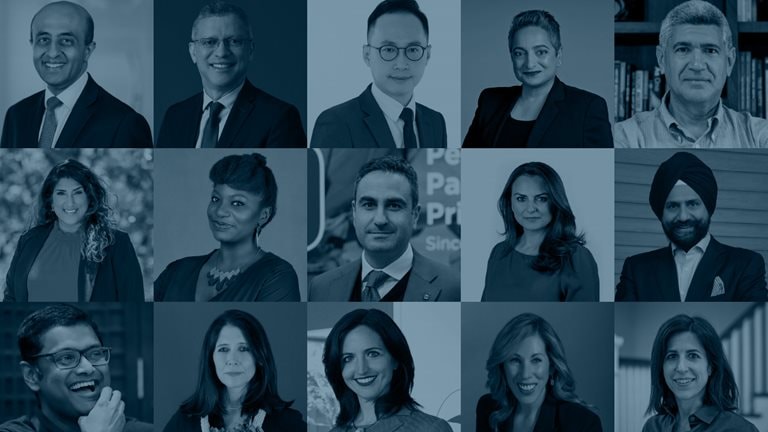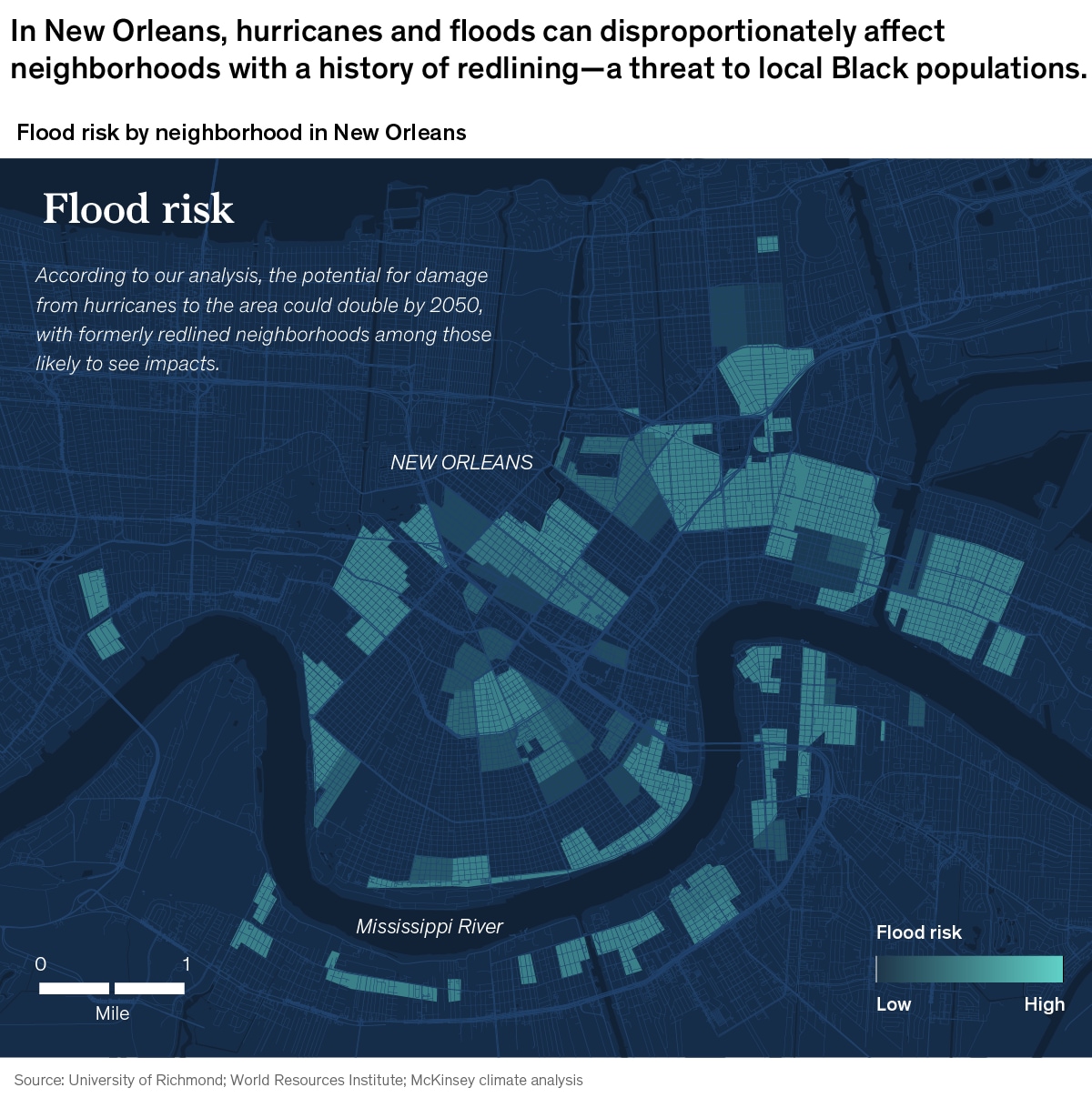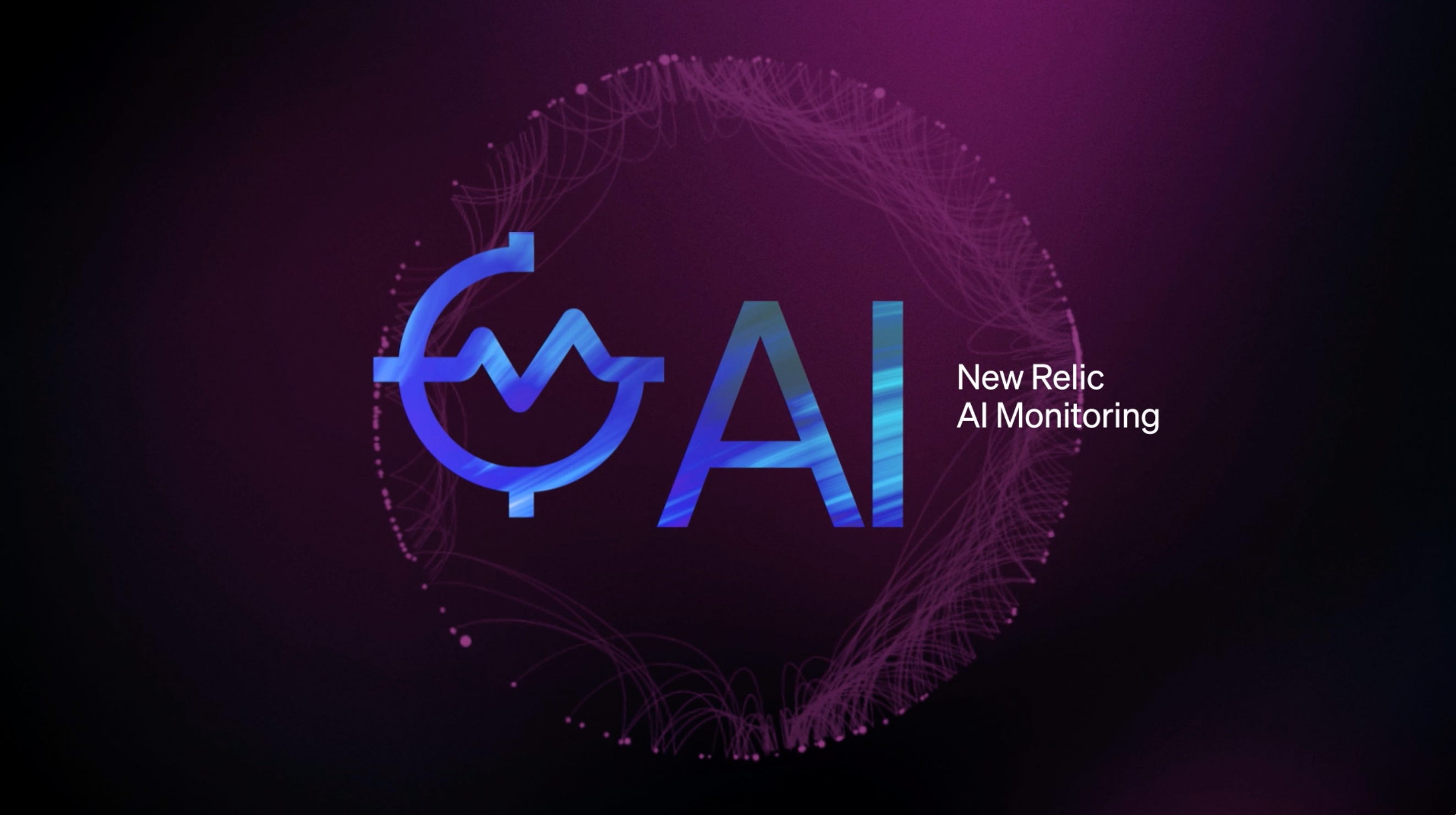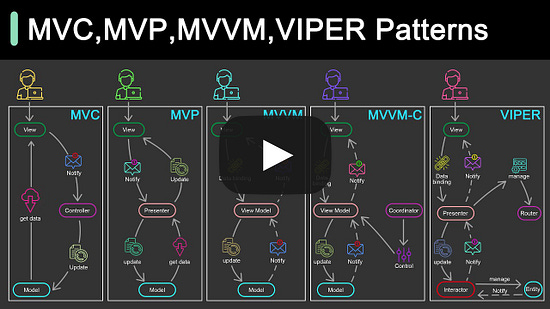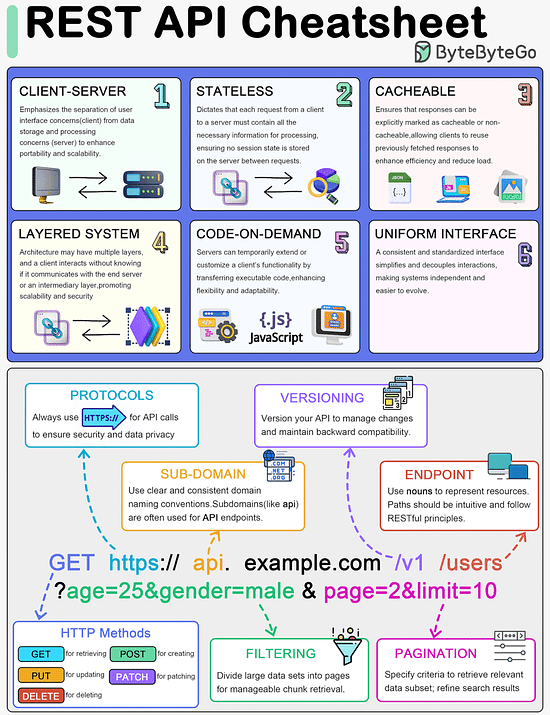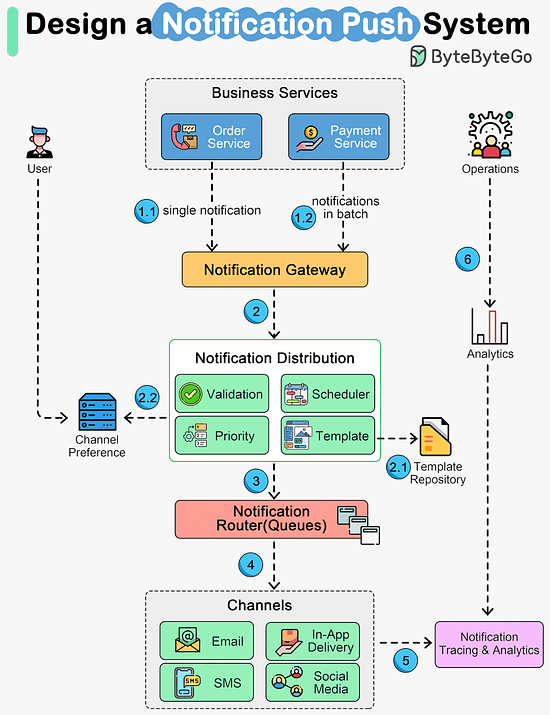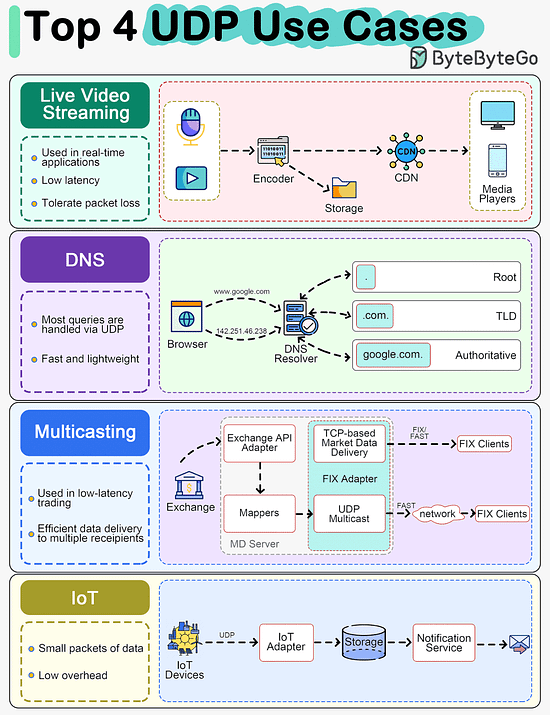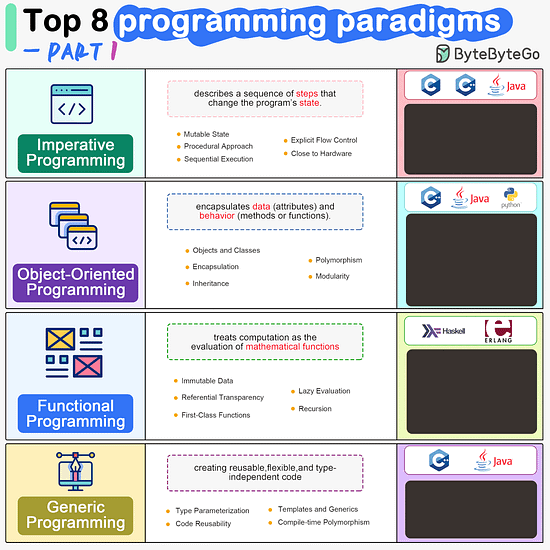Archives
- By thread 5371
-
By date
- June 2021 10
- July 2021 6
- August 2021 20
- September 2021 21
- October 2021 48
- November 2021 40
- December 2021 23
- January 2022 46
- February 2022 80
- March 2022 109
- April 2022 100
- May 2022 97
- June 2022 105
- July 2022 82
- August 2022 95
- September 2022 103
- October 2022 117
- November 2022 115
- December 2022 102
- January 2023 88
- February 2023 90
- March 2023 116
- April 2023 97
- May 2023 159
- June 2023 145
- July 2023 120
- August 2023 90
- September 2023 102
- October 2023 106
- November 2023 100
- December 2023 74
- January 2024 75
- February 2024 75
- March 2024 78
- April 2024 74
- May 2024 108
- June 2024 98
- July 2024 116
- August 2024 134
- September 2024 130
- October 2024 141
- November 2024 171
- December 2024 115
- January 2025 216
- February 2025 140
- March 2025 220
- April 2025 233
- May 2025 239
- June 2025 303
- July 2025 184
-
Global trade reconfiguration, talent in 2024, competitiveness and growth in Europe, and more: The Daily Read weekender
Get cozy with the week's big insights Brought to you by Liz Hilton Segel, chief client officer and managing partner, global industry practices, & Homayoun Hatami, managing partner, global client capabilities
This weekend, take a breather and get cozy with some of the week’s big reads on the geometry of global trade, the shape of talent in 2024, an integrated agenda for Europe, and more.
QUOTE OF THE DAY
chart of the day
Ready to unwind?
—Edited by Joyce Yoo, editor, New York
Share these insights
Did you enjoy this newsletter? Forward it to colleagues and friends so they can subscribe too. Was this issue forwarded to you? Sign up for it and sample our 40+ other free email subscriptions here.
This email contains information about McKinsey's research, insights, services, or events. By opening our emails or clicking on links, you agree to our use of cookies and web tracking technology. For more information on how we use and protect your information, please review our privacy policy.
You received this email because you subscribed to our McKinsey Global Institute alert list.
Copyright © 2024 | McKinsey & Company, 3 World Trade Center, 175 Greenwich Street, New York, NY 10007
by "McKinsey Daily Read" <publishing@email.mckinsey.com> - 12:12 - 19 Jan 2024 -
Who are the McKinsey leaders attending Davos 2024?
On Point
McKinsey experts on key topics
by "Only McKinsey" <publishing@email.mckinsey.com> - 11:15 - 18 Jan 2024 -
Geopolitics and the geometry of global trade
Be prepared for a range of shifts New from McKinsey Global Institute

Geopolitics and the geometry of global trade
Be prepared for a range of shifts 

This email contains information about McKinsey's research, insights, services, or events. By opening our emails or clicking on links, you agree to our use of cookies and web tracking technology. For more information on how we use and protect your information, please review our privacy policy.
You received this email because you subscribed to our McKinsey Global Institute alert list.
Copyright © 2024 | McKinsey & Company, 3 World Trade Center, 175 Greenwich Street, New York, NY 10007
by "McKinsey Global Institute" <publishing@email.mckinsey.com> - 02:20 - 18 Jan 2024 -
Thank you for supporting ByteByteGo Newsletter
Thank you for reading ByteByteGo Newsletter. As a token of our appreciation, we're offering you a limited-time offer of 20% off a paid subscription.
Redeem special offerHere are the benefits you unlock with a paid subscription:
- An extra deep dive on Thursdays
- Full archive
- Many expense it with team's learning budget
Join the hundreds of other readers who pay for full access to ByteByteGo Newsletter - redeem your special offer today!
Thanks again for reading.
by "ByteByteGo" <bytebytego@substack.com> - 12:16 - 18 Jan 2024 -
A Crash Course in Networking
A Crash Course in Networking
The Internet has become an integral part of our daily lives, shaping how we communicate, access information, and conduct business. At its core, the Internet is a global system of interconnected computer networks that use standardized communication protocols to facilitate data exchange. This enables the transmission of text, images, videos, and more, across all sorts of devices. Forwarded this email? Subscribe here for moreLatest articles
If you’re not a subscriber, here’s what you missed this month.
To receive all the full articles and support ByteByteGo, consider subscribing:
The Internet has become an integral part of our daily lives, shaping how we communicate, access information, and conduct business. At its core, the Internet is a global system of interconnected computer networks that use standardized communication protocols to facilitate data exchange. This enables the transmission of text, images, videos, and more, across all sorts of devices.
In this issue, we dive into the essence of the Internet by exploring its key components: the network edges, access networks, network core, network protocols, and the Internet Protocol stack. We discuss how packet switching, forwarding, and routing work. We unravel the complexities of access networks and examine the crucial role protocols play in governing Internet activities. By the end, you will gain a comprehensive understanding of the Internet's architecture and its pivotal role in modern communication.
Internet Evolution
The evolution of the Internet is a fascinating journey spanning several decades, marked by groundbreaking developments and innovations. Here is a timeline of key milestones and transformative moments in the history of the Internet that have shaped the digital landscape we know today.
Components of the Internet
The Internet is a complex and interconnected network, consisting of several key components. We are going to explore the most important components of the Internet.
The Network Edge
The computers and other devices connected to the Internet are often referred to as end systems. They are called end systems because they sit at the “edge” of the Internet.
The Internet’s end systems include desktop computers, servers, mobile devices, and an increasing number of non-traditional “things” like smart appliances and IoT devices are being attached to the Internet as end systems.
End systems are also referred to as hosts because they host application programs such as a web browser, web server, e-mail client, or e-mail server.
Hosts are sometimes further divided into two categories: clients and servers. Informally, clients tend to be desktop and mobile PCs, smartphones, and similar personal computing devices, whereas servers tend to be more powerful machines that store and distribute web pages, stream video, relay e-mail, and similar services. Today, most of the servers providing search results, e-mail, web pages, and videos reside in large data centers.
Access networks
Having considered the applications and end systems at the “edge of the network,” let’s next consider the access network, which is the network that physically connects an end system to the first router (also known as the “edge router”) on a path from the end system to any other distant end system.
Access networks serve as the crucial link between end systems and the broader network infrastructure. Access networks can be broadly categorized into three types.
Home Access Networks
Home Access Networks refers to the set of technologies that enable connectivity and communication within a residential environment. This network allows devices within the home to connect to the Internet, share data, and communicate with each other.
Institutional Access Networks
Institutional Access Networks refers to the networking infrastructure and technologies used by organizations, institutions, and businesses to connect to the Internet and facilitate communication within their premises. These networks are designed to handle the specific needs and requirements of large-scale operations.
Mobile Access Networks
Mobile Access Networks refer to the various technologies that enable mobile devices, such as smartphones and tablets, to connect to the Internet and communicate with each other. These technologies facilitate wireless communication and data transfer for mobile users.
Keep reading with a 7-day free trial
Subscribe to ByteByteGo Newsletter to keep reading this post and get 7 days of free access to the full post archives.
A subscription gets you:
An extra deep dive on Thursdays Full archive Many expense it with team's learning budget Like
Comment
Restack
© 2024 ByteByteGo
548 Market Street PMB 72296, San Francisco, CA 94104
Unsubscribe
by "ByteByteGo" <bytebytego@substack.com> - 11:42 - 18 Jan 2024 -
Can Davos help close the empowerment gap?
Day 4 at Davos Brought to you by Liz Hilton Segel, chief client officer and managing partner, global industry practices, & Homayoun Hatami, managing partner, global client capabilities
New from McKinsey & Company
This week at Davos, business leaders are taking stock of the significant progress made toward eradicating extreme poverty and closing the empowerment gap. They’re also thinking seriously about the work left to be done. Many development experts and economists have suggested setting a higher bar for global living standards. In a recent report from the McKinsey Global Institute, Anu Madgavkar, Sven Smit, Lola Woetzel, Kweilin Ellingrud, and Tracy Francis propose centering the concept of empowerment—rather than poverty—helps ensure the focus stays on quality of life. What else does empowerment mean—for people and the planet? Explore the insights below to learn the latest on closing the empowerment gap, and bookmark this page for daily #WEF24 updates featuring crucial insights on the key themes at Davos.
To see more essential reading on topics that matter, visit McKinsey Themes.
— Edited by Stephanie d’Arc Taylor, editor, New York
This email contains information about McKinsey's research, insights, services, or events. By opening our emails or clicking on links, you agree to our use of cookies and web tracking technology. For more information on how we use and protect your information, please review our privacy policy.
You received this email because you subscribed to our McKinsey Global Institute alert list.
Copyright © 2024 | McKinsey & Company, 3 World Trade Center, 175 Greenwich Street, New York, NY 10007
by "McKinsey & Company" <publishing@email.mckinsey.com> - 10:13 - 18 Jan 2024 -
Secure your account with two-factor authentication (2FA)
Remote
Secure your account with two-factor authentication (2FA)
Hi MD Abul Khayer 👋
It looks like your Remote account isn’t protected by two-factor authentication (2FA). We recommend setting it up to protect sensitive information and keep your account secure. Depending on your company, 2FA may soon become a requirement for your account.
What is two-factor authentication (2FA)?
Two-factor authentication (2FA) adds an extra layer of security to your account beyond your username and password. After you set it up, you’ll enter a random code generated by an authenticator app when you want to log in or take certain actions.
Recommended authenticator apps Or use a password manager as your authenticator appLooking for more help? Check out our article on setting up 2FA.
If you have any questions, feel free to reply to this email.
Thanks,
Your Remote team
by "Remote" <no-reply@remote.com> - 05:48 - 18 Jan 2024 -
What topics will dominate this year’s discussions at Davos?
On Point
McKinsey leaders on Davos 2024 Brought to you by Liz Hilton Segel, chief client officer and managing partner, global industry practices, & Homayoun Hatami, managing partner, global client capabilities
•
Global thinkers. Each January, hundreds of leaders from government, business, and civil society gather in the Alpine town of Davos, Switzerland, to take on the biggest global challenges of the day and set priorities for the year ahead. “I’m looking forward to the opportunity to reunite with global thinkers” at the WEF Annual Meeting 2024, says McKinsey senior partner Andres Cadena. This year, more than 300 public figures, including more than 60 heads of state and government, are focusing on rebuilding trust amid uncertainty and rapid change.
•
Discussions at Davos. Generative AI, geopolitics, and sustainability are some of the critical topics at Davos that leaders are sure to engage on, McKinsey senior partners Acha Leke and Kate Smaje and McKinsey Global Institute chair Sven Smit explain. “I’m sure there will be a lot of discussion about trade and our interconnectedness in this sort of polarizing world,” Leke notes. Visit our collection page, McKinsey and the World Economic Forum 2024, to see what McKinsey leaders expect at Davos this year.
— Edited by Belinda Yu, editor, Atlanta
This email contains information about McKinsey's research, insights, services, or events. By opening our emails or clicking on links, you agree to our use of cookies and web tracking technology. For more information on how we use and protect your information, please review our privacy policy.
You received this newsletter because you subscribed to the Only McKinsey newsletter, formerly called On Point.
Copyright © 2024 | McKinsey & Company, 3 World Trade Center, 175 Greenwich Street, New York, NY 10007
by "Only McKinsey" <publishing@email.mckinsey.com> - 01:20 - 18 Jan 2024 -
Video Telematics Solution - Monitor the Behavior of Vehicles and Drivers
Video Telematics Solution - Monitor the Behavior of Vehicles and Drivers
Change the way your clients track and monitor their fleet with our advanced video telematics software..png?width=1200&upscale=true&name=Frame%201%20(1).png)
Change the way your clients track and monitor their fleet with our advanced video telematics software.
Catch a glimpse of what our software has to offer

Multiple Camera Support
Our software enables multiple camera support for a comprehensive view inside and outside the vehicle.

Identify Risky Behavior
Monitor risky driver behavior, including speeding, harsh braking, and other unsafe driving habits.

Redefine Visibility
Make a visual record of the tiniest details of your vehicle’s journey. With ready-to-access visual data displayed in real-time, see what the driver is doing.

24X7 Live Streaming
Access video recordings instantly anywhere, anytime with our mobile app support. Enjoy multiple channel access and flexible viewing options.
Learn how our video telematics can help your business grow

Uffizio Technologies Pvt. Ltd., 4th Floor, Metropolis, Opp. S.T Workshop, Valsad, Gujarat, 396001, India
by "Sunny Thakur" <sunny.thakur@uffizio.com> - 07:00 - 17 Jan 2024 -
Reimagining our connected world at Davos
Day 3 at Davos Brought to you by Liz Hilton Segel, chief client officer and managing partner, global industry practices, & Homayoun Hatami, managing partner, global client capabilities
New from McKinsey & Company
The world is deeply interconnected. Every region relies on trade with other regions for more than 25 percent of at least one important type of good. But trade reconfiguration is under way, and increased investment into a range of developing economies suggests further trade reconfiguration in coming years. What can business leaders do to prepare? “In the current state of uncertainty, the imperative for business leaders is to … have a strategy in place to help shape a new architecture to match an evolving world,” write McKinsey’s Jeongmin Seong, Olivia White, Michael Birshan, Lola Woetzel, and coauthors in a new report from the McKinsey Global Institute. Global cooperation can also contribute to, and help shape, the discourse on the evolution of global connections.
On day 3 of the World Economic Forum’s annual meeting in Davos, check out these insights to understand how our interconnected world is evolving and why global integration is here to stay—albeit with nuance. And bookmark this page for daily updates on #WEF24.To see more essential reading on topics that matter, visit McKinsey Themes.
— Edited by Ariana Ahmed, editor, New York
This email contains information about McKinsey's research, insights, services, or events. By opening our emails or clicking on links, you agree to our use of cookies and web tracking technology. For more information on how we use and protect your information, please review our privacy policy.
You received this email because you subscribed to our McKinsey Global Institute alert list.
Copyright © 2024 | McKinsey & Company, 3 World Trade Center, 175 Greenwich Street, New York, NY 10007
by "McKinsey & Company" <publishing@email.mckinsey.com> - 10:37 - 17 Jan 2024 -
What aspects of generative AI should leaders consider at Davos this year?
On Point
Views from Young Global Leaders Brought to you by Liz Hilton Segel, chief client officer and managing partner, global industry practices, & Homayoun Hatami, managing partner, global client capabilities
•
Trustworthy AI. What can we expect at Davos 2024? Former and current WEF Young Global Leaders (YGL), a group of professionals from around the world, spoke with McKinsey Global Publishing leader and YGL alumnus Raju Narisetti about what aspect of gen AI they think Davos participants should discuss this year, as well as other key topics. For Mastercard executive Shamina Singh, gen AI must be developed with “transparency, accountability, and trust … to ensure personal information remains just that—personal.”
— Edited by Belinda Yu, editor, Atlanta
This email contains information about McKinsey's research, insights, services, or events. By opening our emails or clicking on links, you agree to our use of cookies and web tracking technology. For more information on how we use and protect your information, please review our privacy policy.
You received this newsletter because you subscribed to the Only McKinsey newsletter, formerly called On Point.
Copyright © 2024 | McKinsey & Company, 3 World Trade Center, 175 Greenwich Street, New York, NY 10007
by "Only McKinsey" <publishing@email.mckinsey.com> - 01:50 - 17 Jan 2024 -
Accelerating Europe: Competitiveness for a new era
Safeguard growth and prosperity New from McKinsey Global Institute

Accelerating Europe: Competitiveness for a new era
Safeguard growth and prosperity 
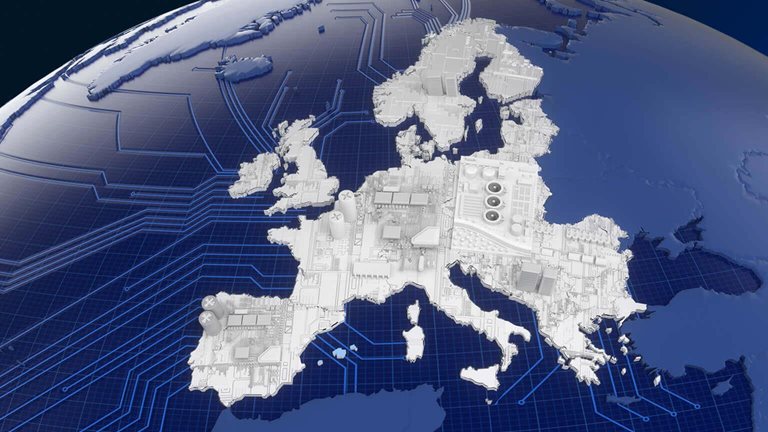
Securing Europe’s competitiveness: Addressing its technology gap
This email contains information about McKinsey's research, insights, services, or events. By opening our emails or clicking on links, you agree to our use of cookies and web tracking technology. For more information on how we use and protect your information, please review our privacy policy.
You received this email because you subscribed to our McKinsey Global Institute alert list.
Copyright © 2024 | McKinsey & Company, 3 World Trade Center, 175 Greenwich Street, New York, NY 10007
by "McKinsey Global Institute" <publishing@email.mckinsey.com> - 02:45 - 16 Jan 2024 -
Improving Core Web Vitals: How Kurt Geiger monitors digital experience
New Relic

As Kurt Geiger gears up for crucial peak periods—summer time and Black Friday sales—they review alert thresholds, run through different toggles, and look at coverage gaps. Google’s Core Web Vitals (CWV) is one of the most important ways they judge how performant their site is.
Read the blog to learn about their approach CWV to optimising for peak excellence.Read Blog Need help? Let's get in touch.



This email is sent from an account used for sending messages only. Please do not reply to this email to contact us—we will not get your response.
This email was sent to info@learn.odoo.com Update your email preferences.
For information about our privacy practices, see our Privacy Policy.
Need to contact New Relic? You can chat or call us at +44 20 3859 9190.
Strand Bridge House, 138-142 Strand, London WC2R 1HH
© 2024 New Relic, Inc. All rights reserved. New Relic logo are trademarks of New Relic, Inc

by "New Relic" <emeamarketing@newrelic.com> - 05:36 - 16 Jan 2024 -
Curious about Davos? Here’s a refresher on themes and topics.
Only McKinsey
What to know about Davos 2024 Brought to you by Liz Hilton Segel, chief client officer and managing partner, global industry practices, & Homayoun Hatami, managing partner, global client capabilities
•
Global decision makers. With some 2,500 delegates and hundreds of others coming together each January, Davos may be the world’s biggest gathering of decision makers. Davos isn’t just about the well-known luminaries in attendance, however. Key to the meeting’s success is the networking and “coincidental meetings that happen in the margins of the sessions,” as McKinsey senior partner Kate Smaje notes. Ultimately, Davos is about tackling the most pressing issues of the day, including the climate crisis and rapidly advancing technologies.
•
On the Davos docket. In an era of rapid change and increased fragmentation, WEF is focused on restoring trust on three levels: in our future, within societies, and among nations. For 2024, McKinsey’s knowledge collaborations with WEF are intended to foster global cooperation for sustainable, inclusive growth. Check out our McKinsey Explainers entry “What is Davos?” to put the meeting into proper context and discover some of this year’s initiatives, including developing a long-term strategy for climate, nature, and energy.
—Edited by Querida Anderson, senior editor, New York
This email contains information about McKinsey's research, insights, services, or events. By opening our emails or clicking on links, you agree to our use of cookies and web tracking technology. For more information on how we use and protect your information, please review our privacy policy.
You received this newsletter because you subscribed to the Only McKinsey newsletter, formerly called On Point.
Copyright © 2024 | McKinsey & Company, 3 World Trade Center, 175 Greenwich Street, New York, NY 10007
by "Only McKinsey" <publishing@email.mckinsey.com> - 11:07 - 15 Jan 2024 -
Tyk Cloud lands in Australia! 🌏
Tyk Cloud lands in Australia! 🌏
Australia and New Zealand, get ready for an exceptional API experience in your local region. Dive in!Hey there,
Big news! As we continue our mission to connect every system in the world, we're delighted to be steaming into the new year and shouting from the rooftops that...Tyk Cloud is officially live in Australia and New Zealand!
For those of you down under, get ready for a turbocharged API experience with big security, privacy, and performance wins right in your backyard.
Here's what you have to look forward to:
- Enhanced data security. When your API gateways are hosted in your local region, you have more control over your data. Simple as that, really.
- Better risk management. Operating your APIs within a local legal and regulatory framework you're familiar with makes it easier to ensure compliance and manage potential issues.
- Data sovereignty. Ensure data stays local with all the controls necessary to build a platform that works for you in Australia.
- Improved performance. The closer your API gateway is to your users, the lower the latency and the faster the response times. Win!
Where your API gateway handles your traffic can have major implications for data privacy and performance. Learn more about the strategic advantage of hosting API gateways in your local region in our blog.
Or, go straight to a free trial with our flexible deployment options and easy-to-scale plans here.
Cheers to breaking barriers!
Tyk, 87a Worship Street, London, City of London EC2A 2BE, United Kingdom, +44 (0)20 3409 1911
by "Tyk" <communities@tyk.io> - 07:17 - 15 Jan 2024 -
White Label Fuel Monitoring Software
White Label Fuel Monitoring Software
A versatile fuel monitoring system that can be tailored to fit any brand or company's fuel sensor, regardless of type or model.
A versatile fuel monitoring system that can be tailored to fit any brand or company's fuel sensor, regardless of type or model.
Catch a glimpse of what our software has to offer

99% Fuel Accuracy
Our advanced algorithm provides you with accurate details of the fuel fill, fuel drain, fuel consumption, and fuel wastage due to vehicle idling.

Real-time Fuel Monitoring
Monitors fuel usage and fuel level data for each vehicle in your fleet. This helps you to identify inefficiencies and reduce fuel costs.

Instant Fuel Drop Alerts
Get real-time alerts with vehicle details and exact location as soon as the system senses a sudden drop or rise in the fuel level.

Precise Fill-drain Reports
Fleet owners are provided with a detailed report of fuel-filled and fuel drained with precise date, time, and location.

Uffizio Technologies Pvt. Ltd., 4th Floor, Metropolis, Opp. S.T Workshop, Valsad, Gujarat, 396001, India
by "Sunny Thakur" <sunny.thakur@uffizio.com> - 07:00 - 15 Jan 2024 -
Mark your calendar: Remote’s webinar on “How to pay globally distributed contractors” is coming soon 🚀
Mark your calendar: Remote’s webinar on “How to pay globally distributed contractors” is coming soon 🚀
Discover how Remote empowers businesses like yoursHi there,
Imagine a world where you can pay your international contractors in their preferred currency without the hassle of exchange rates or hidden fees. Remote makes this dream a reality, transforming global contractor payments into a smooth and efficient process.
Interested to learn more?
As a reminder, our special webinar on “How to pay globally distributed contractors with Remote” on the 17th of January 2024 at 11:00 AM UTC.
Can’t make the date?
Register for the webinar and we’ll send you the session recording after the event.
Should you have any questions or need additional details, please let us know by emailing us back, and we would be happy to respond.
P.S. Seats are filling up quickly, so make sure to register soon.
See you there,
Team Remote
Grow your headcount
without the headaches.




You received this email because you are subscribed to Conferences & Events from Remote Europe Holding B.V
Update your email preferences to choose the types of emails you receive.
Unsubscribe from all future emailsRemote Europe Holding B.V
Copyright © 2024 All rights reserved.
Kraijenhoffstraat 137A 1018RG Amsterdam The Netherlands
by "Remote" <hello@remote-comms.com> - 09:02 - 15 Jan 2024 -
Are you ready for the future of work? A leader’s guide
Forward thinking Brought to you by Liz Hilton Segel, chief client officer and managing partner, global industry practices, & Homayoun Hatami, managing partner, global client capabilities
Disrupted, resilient, evolving. Three seemingly contradictory words that describe the US labor market’s recent past and likely future. During the pandemic, many American workers not only changed jobs in droves but also moved into brand-new careers. Approximately 8.6 million occupational shifts took place between 2019 and 2022, according to McKinsey senior partners Kweilin Ellingrud, Olivia White, and colleagues. Their analysis predicts another 12 million shifts through 2030, thanks to automation (including gen AI), federal investment, and structural trends. With such powerful forces at play, what’s a leader to do to prepare for the future of work? Well, a lot. Embracing gen AI tools as a way of enhancing work—not destroying it—could mean big gains in productivity for businesses, as long as clear guidelines and guardrails are in place. Meanwhile, innovative approaches to hiring (for example, seeking high-potential people and then training them on the job) could pay major dividends and encourage the recruitment of more diverse candidates.
That’s the percentage of time employees spend on work activities that could be automated, according to McKinsey’s Eric Hazan, Alex Singla, Kate Smaje, Alex Sukharevsky, Lareina Yee, Rodney Zemmel, and colleagues. With the advent of gen AI, the McKinsey Global Institute revised an earlier estimate of automation’s effects and noted a shift in the types of work that could be most affected. “The acceleration in the potential for technical automation is largely due to gen AI’s increased ability to understand natural language,” the authors say. “Thus, gen AI has more impact on knowledge work associated with occupations that have higher wages and educational requirements than on other types of work.”
That’s from senior partners Celia Huber, María del Mar Martínez Márquez, Sara Prince, and coauthors in McKinsey’s fourth report on the business case for diversity—which confirms that the future of work must be inclusive. The relationship between gender and ethnic diversity on leadership teams and superior financial performance continues to grow, and there’s also a link between diversity at the top and diversity across the company. Also growing: the call for organizations to consider their impact on all stakeholders, including employees. To achieve sustainable, inclusive growth, the authors describe five areas where companies can create holistic impact: financial and operational, capabilities, health and workforce, environmental, and social.
This week, global leaders and luminaries descend upon a Swiss resort town to grapple with the most pressing issues of the day. Ahead of the World Economic Forum (WEF) Annual Meeting in Davos, we spoke with some of WEF’s Young Global Leaders about the topics that warrant more attention there. A few note the intersection between climate action and inclusion. “Increasing the number of women managers by 1.0 percent can lead to a 0.5 percent decrease in carbon dioxide emissions,” says Fatoumata Bâ, founder and executive chair of Jango Capital. “Yet only 11 percent of private equity and venture capital allocators and 7 percent of investment recipients are women.” Another recurring theme is the pipeline of future leaders, or the lack thereof. “Despite our AI-driven era’s constant policy challenges, investment in developing skilled politicians is surprisingly low,” says Lisa Witter, cofounder and CEO of Apolitical Foundation. “We need to reevalute our backing for political talent, preparing politicians for today and beyond.”
Lead by looking ahead.
— Edited by Daniella Seiler, executive editor, Washington, DC
Share these insights
Did you enjoy this newsletter? Forward it to colleagues and friends so they can subscribe too. Was this issue forwarded to you? Sign up for it and sample our 40+ other free email subscriptions here.
This email contains information about McKinsey’s research, insights, services, or events. By opening our emails or clicking on links, you agree to our use of cookies and web tracking technology. For more information on how we use and protect your information, please review our privacy policy.
You received this email because you subscribed to the Leading Off newsletter.
Copyright © 2024 | McKinsey & Company, 3 World Trade Center, 175 Greenwich Street, New York, NY 10007
by "McKinsey Leading Off" <publishing@email.mckinsey.com> - 04:36 - 15 Jan 2024 -
The week in charts
The Week in Charts
Climate inequities, economic projections, and more Share these insights
Did you enjoy this newsletter? Forward it to colleagues and friends so they can subscribe too. Was this issue forwarded to you? Sign up for it and sample our 40+ other free email subscriptions here.
This email contains information about McKinsey's research, insights, services, or events. By opening our emails or clicking on links, you agree to our use of cookies and web tracking technology. For more information on how we use and protect your information, please review our privacy policy.
You received this email because you subscribed to The Week in Charts newsletter.
Copyright © 2024 | McKinsey & Company, 3 World Trade Center, 175 Greenwich Street, New York, NY 10007
by "McKinsey Week in Charts" <publishing@email.mckinsey.com> - 03:26 - 13 Jan 2024 -
EP94: REST API Cheatsheet
EP94: REST API Cheatsheet
This week’s system design refresher: Everything You NEED to Know About Client Architecture Patterns (Youtube video) REST API Cheatsheet How Does a Typical Push Notification System Work? Top 4 Most Popular Use Cases for UDP Top 8 Programming Paradigms Forwarded this email? Subscribe here for moreThis week’s system design refresher:
Everything You NEED to Know About Client Architecture Patterns (Youtube video)
REST API Cheatsheet
How Does a Typical Push Notification System Work?
Top 4 Most Popular Use Cases for UDP
Top 8 Programming Paradigms
SPONSOR US
Introducing New Relic AI Monitoring (AIM), the industry’s first APM for AI (Sponsored)
New Relic AIM provides unprecedented visibility and insights to engineers and developers who are modernizing their tech stacks. With AIM, engineering teams can monitor, alert, debug, and root-cause AI-powered applications.
Everything You NEED to Know About Client Architecture Patterns
REST API Cheatsheet
This guide is designed to help you understand the world of RESTful APIs in a clear and engaging way.
What's inside:
An exploration of the six fundamental principles of REST API design.
Insights into key components such as HTTP methods, protocols, versioning, and more.
A special focus on practical aspects like pagination, filtering, and endpoint design.
Whether you're beginning your API journey or looking to refresh your knowledge, this blog and cheat sheet combo is the perfect toolkit for success.
Get 80% automated end-to-end test coverage in 4 months (Sponsored)
Traditional QA solutions take years to scale, and high test coverage is never guaranteed. QA Wolf gets web apps to 80% automated end-to-end test coverage in 4 months. They will create and maintain your test suite in open-source Playwright (no vendor lock-in, you own the code), and provide unlimited parallel test runs on their infrastructure.
The best part: QA Wolf saves you money. They are saving Salesloft $750k/year on QA engineering and infrastructure by executing 300+ tests in parallel on every PR.
PS: QA Wolf has a 4.8/5 🌟 rating on G2
How Does a Typical Push Notification System Work?
The diagram below shows the architecture of a notification system that covers major notification channels:
In-App notifications
Email notifications
SMS and OTP notifications
Social media pushes
Let’s walk through the steps.
Steps 1.1 and 1.2 - The business services send notifications to the notification gateway. The gateway can handle two modes: one mode receives one notification each time, and the other receives notifications in batches.
Steps 2, 2.1, and 2.2 - The notification gateway forwards the notifications to the distribution service, where the messages are validated, formatted, and scheduled based on settings. The notification template repository allows users to pre-define the message format. The channel preference repository allows users to pre-define the preferred delivery channels.
Step 3 - The notifications are then sent to the routers, normally message queues.
Step 4 - The channel services communicate with various internal and external delivery channels, including in-app notifications, email delivery, SMS delivery, and social media apps.
Steps 5 and 6 - The delivery metrics are captured by the notification tracking and analytics service, where the operations team can view the analytical reports and improve user experiences.
Top 4 Most Popular Use Cases for UDP
UDP (User Datagram Protocol) is used in various software architectures for its simplicity, speed, and low overhead compared to other protocols like TCP.
Live Video Streaming
Many VoIP and video conferencing applications leverage UDP due to its lower overhead and ability to tolerate packet loss. Real-time communication benefits from UDP's reduced latency compared to TCP.DNS
DNS (Domain Name Service) queries typically use UDP for their fast and lightweight nature. Although DNS can also use TCP for large responses or zone transfers, most queries are handled via UDP.Market Data Multicast
In low-latency trading, UDP is utilized for efficient market data delivery to multiple recipients simultaneously.IoT
UDP is often used in IoT devices for communications, sending small packets of data between devices.
Top 8 Programming Paradigms
Imperative Programming
Imperative programming describes a sequence of steps that change the program’s state. Languages like C, C++, Java, Python (to an extent), and many others support imperative programming styles.Declarative Programming
Declarative programming emphasizes expressing logic and functionalities without describing the control flow explicitly. Functional programming is a popular form of declarative programming.Object-Oriented Programming (OOP)
Object-oriented programming (OOP) revolves around the concept of objects, which encapsulate data (attributes) and behavior (methods or functions). Common object-oriented programming languages include Java, C++, Python, Ruby, and C#.Aspect-Oriented Programming (AOP)
Aspect-oriented programming (AOP) aims to modularize concerns that cut across multiple parts of a software system. AspectJ is one of the most well-known AOP frameworks that extends Java with AOP capabilities.Functional Programming
Functional Programming (FP) treats computation as the evaluation of mathematical functions and emphasizes the use of immutable data and declarative expressions. Languages like Haskell, Lisp, Erlang, and some features in languages like JavaScript, Python, and Scala support functional programming paradigms.Reactive Programming
Reactive Programming deals with asynchronous data streams and the propagation of changes. Event-driven applications, and streaming data processing applications benefit from reactive programming.Generic Programming
Generic Programming aims at creating reusable, flexible, and type-independent code by allowing algorithms and data structures to be written without specifying the types they will operate on. Generic programming is extensively used in libraries and frameworks to create data structures like lists, stacks, queues, and algorithms like sorting, searching.Concurrent Programming
Concurrent Programming deals with the execution of multiple tasks or processes simultaneously, improving performance and resource utilization. Concurrent programming is utilized in various applications, including multi-threaded servers, parallel processing, concurrent web servers, and high-performance computing.
SPONSOR US
Get your product in front of more than 500,000 tech professionals.
Our newsletter puts your products and services directly in front of an audience that matters - hundreds of thousands of engineering leaders and senior engineers - who have influence over significant tech decisions and big purchases.
Space Fills Up Fast - Reserve Today
Ad spots typically sell out about 4 weeks in advance. To ensure your ad reaches this influential audience, reserve your space now by emailing hi@bytebytego.com
Like
Comment
Restack
© 2024 ByteByteGo
548 Market Street PMB 72296, San Francisco, CA 94104
Unsubscribe
by "ByteByteGo" <bytebytego@substack.com> - 11:36 - 13 Jan 2024












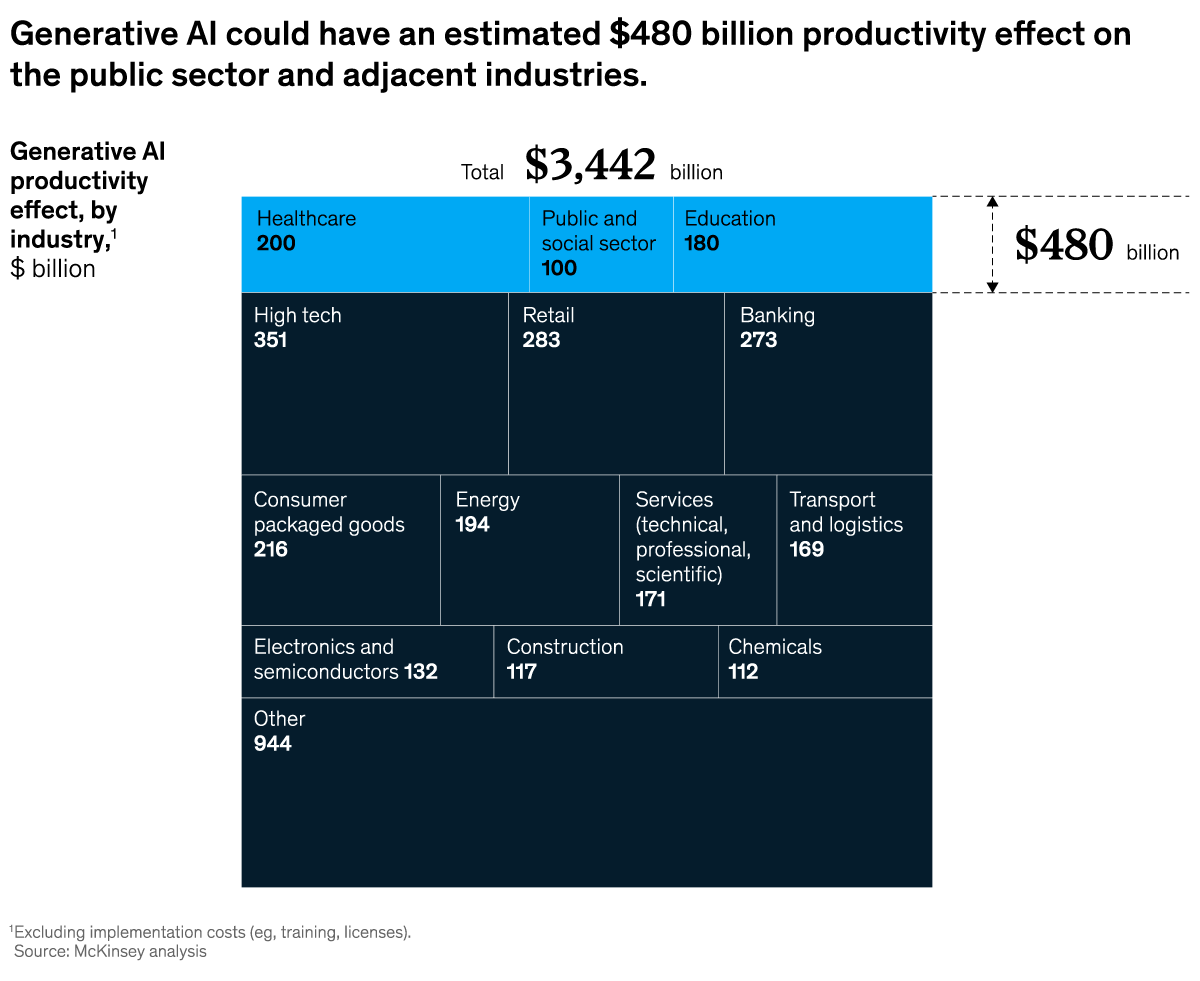








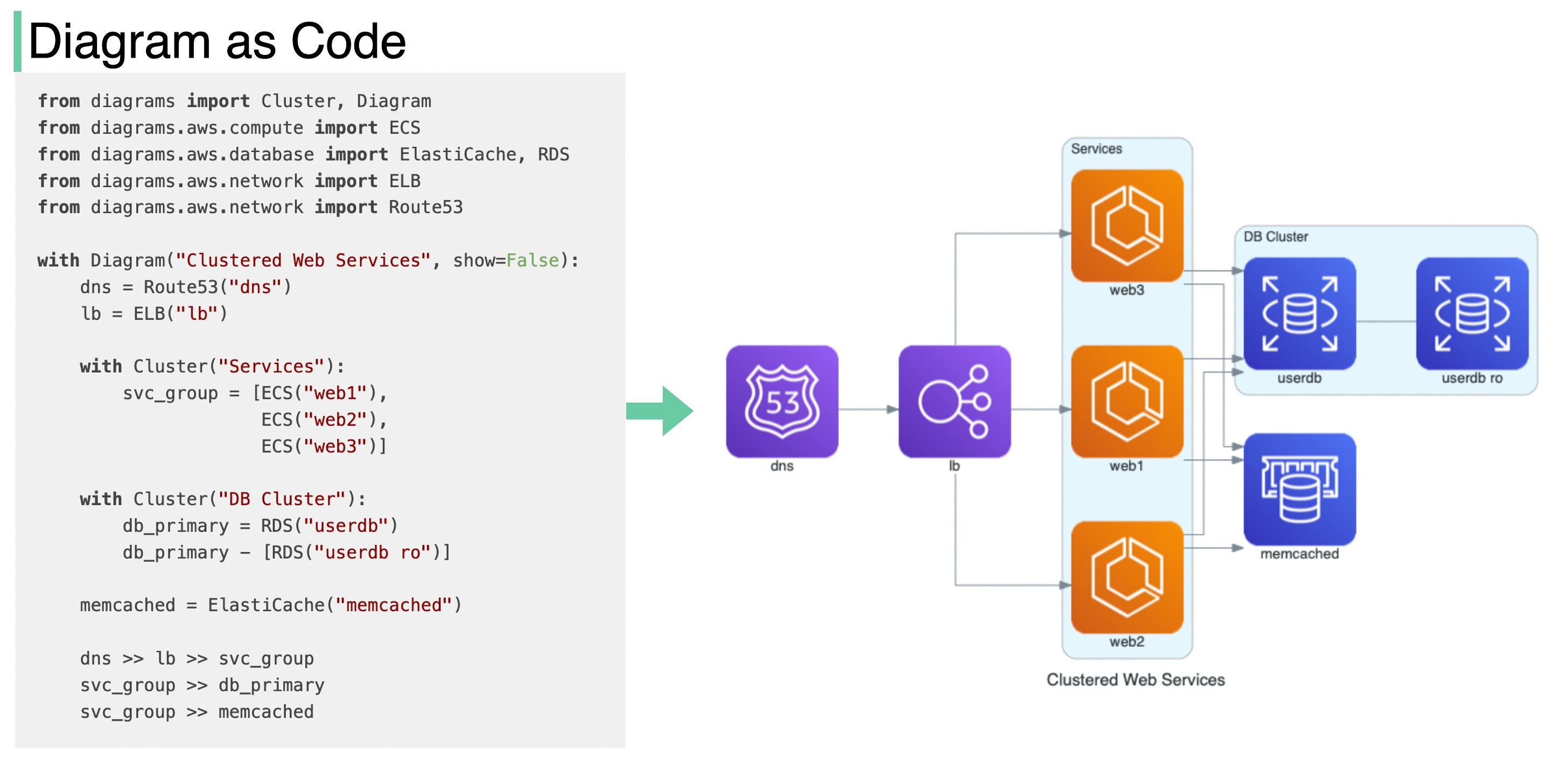
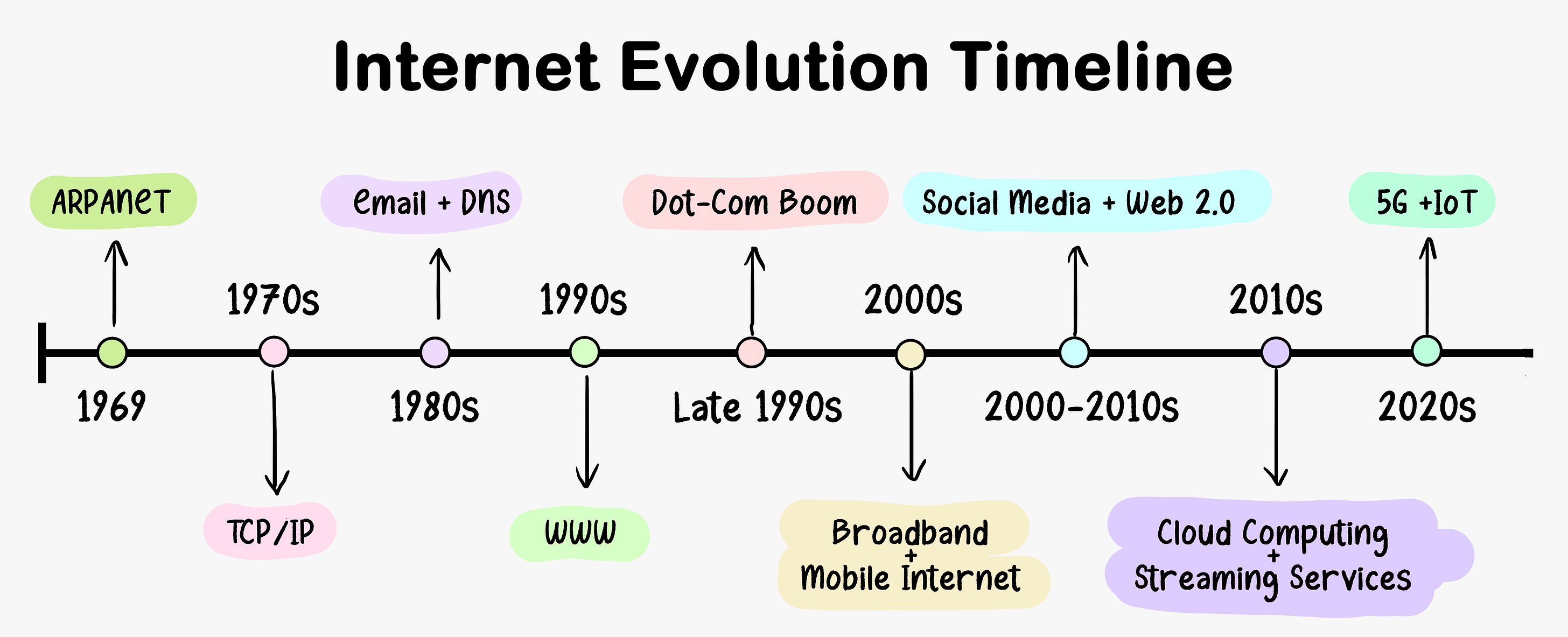
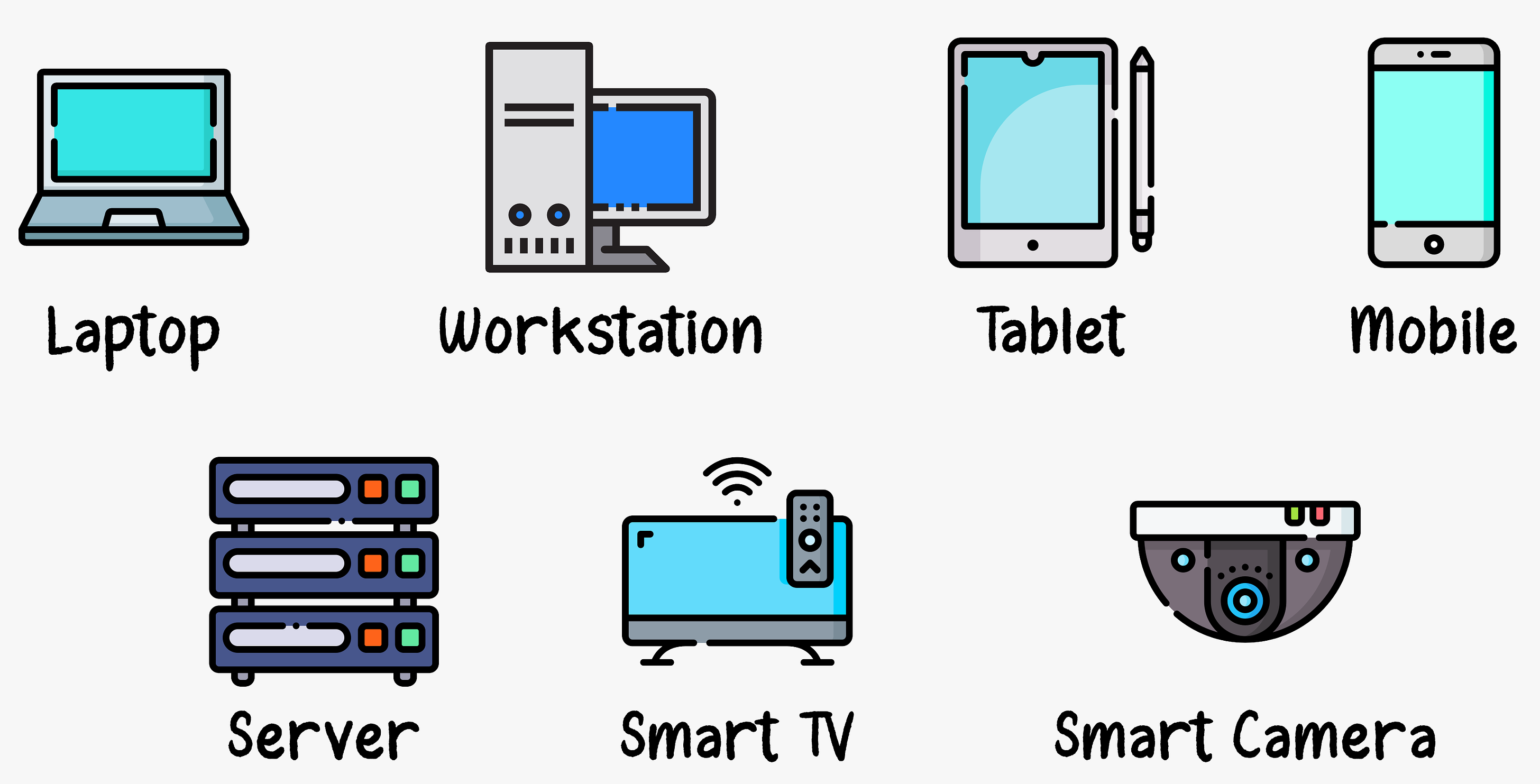
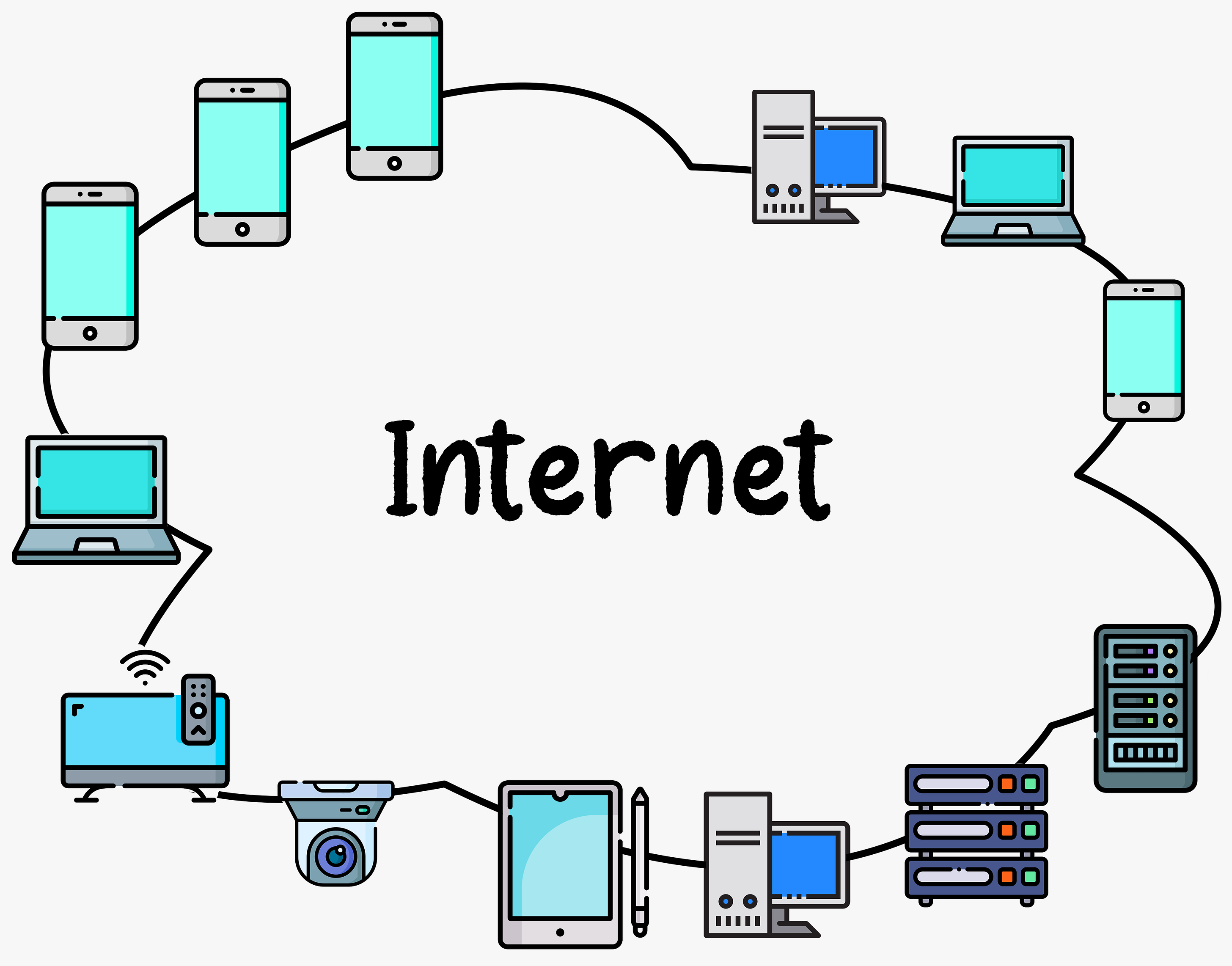
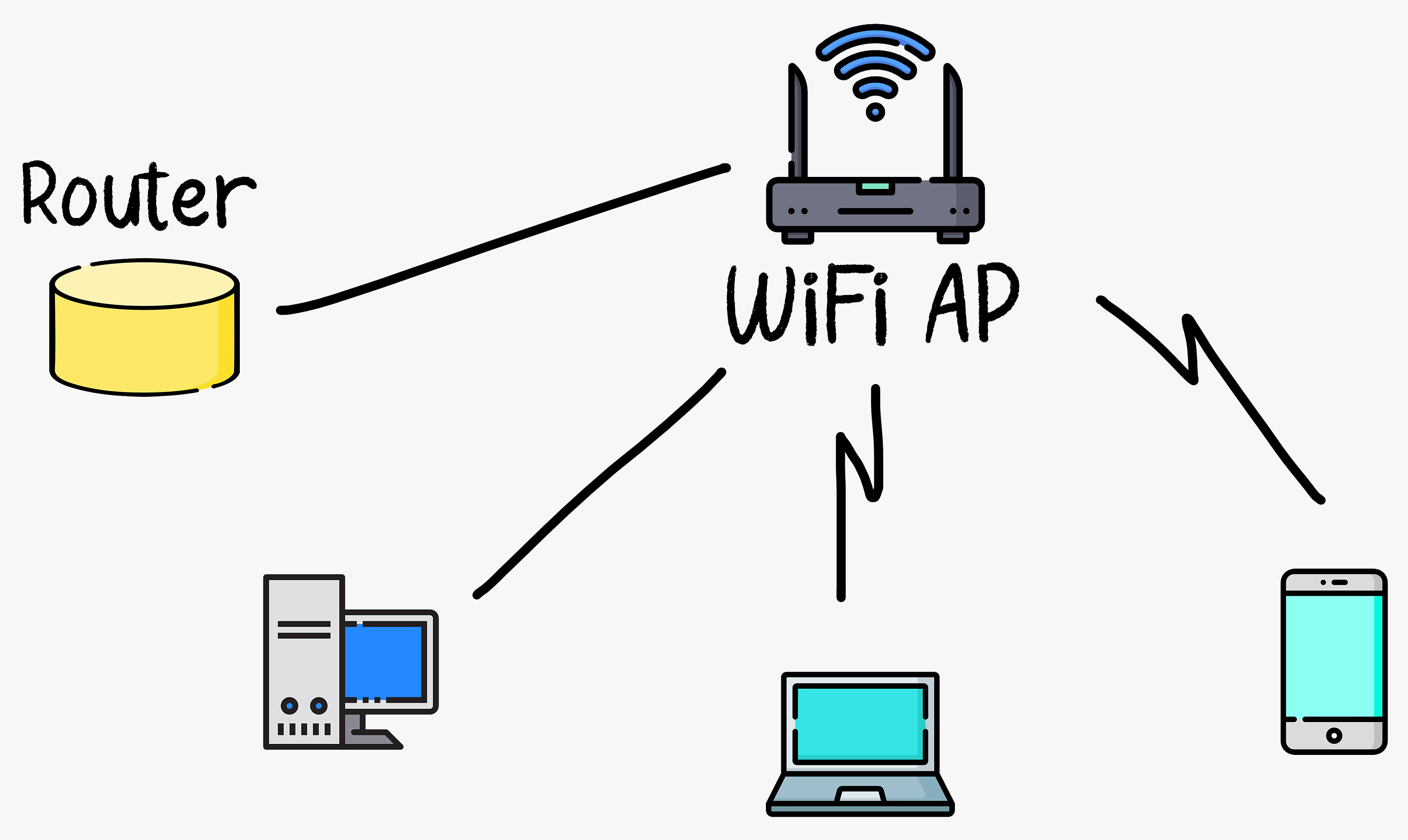
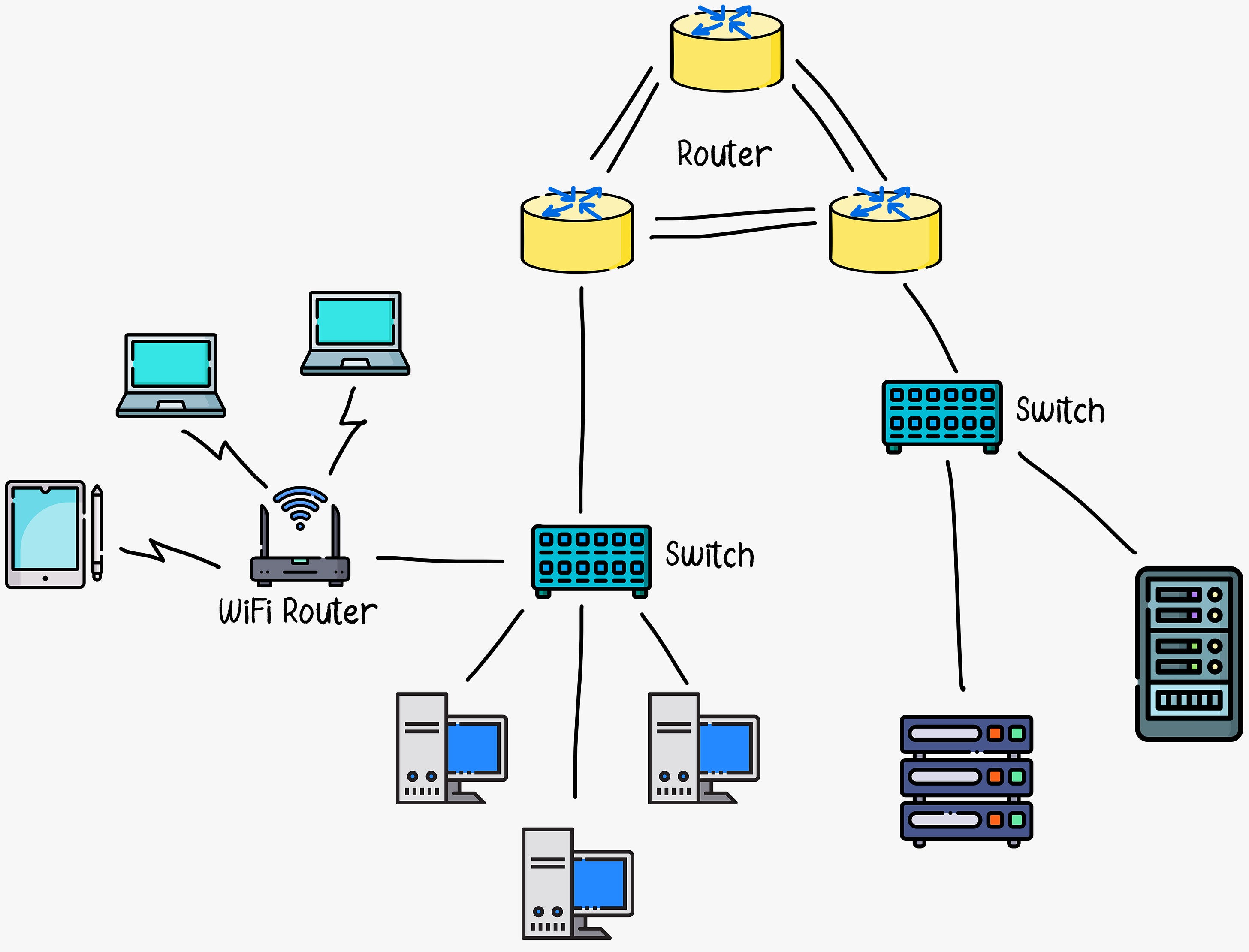
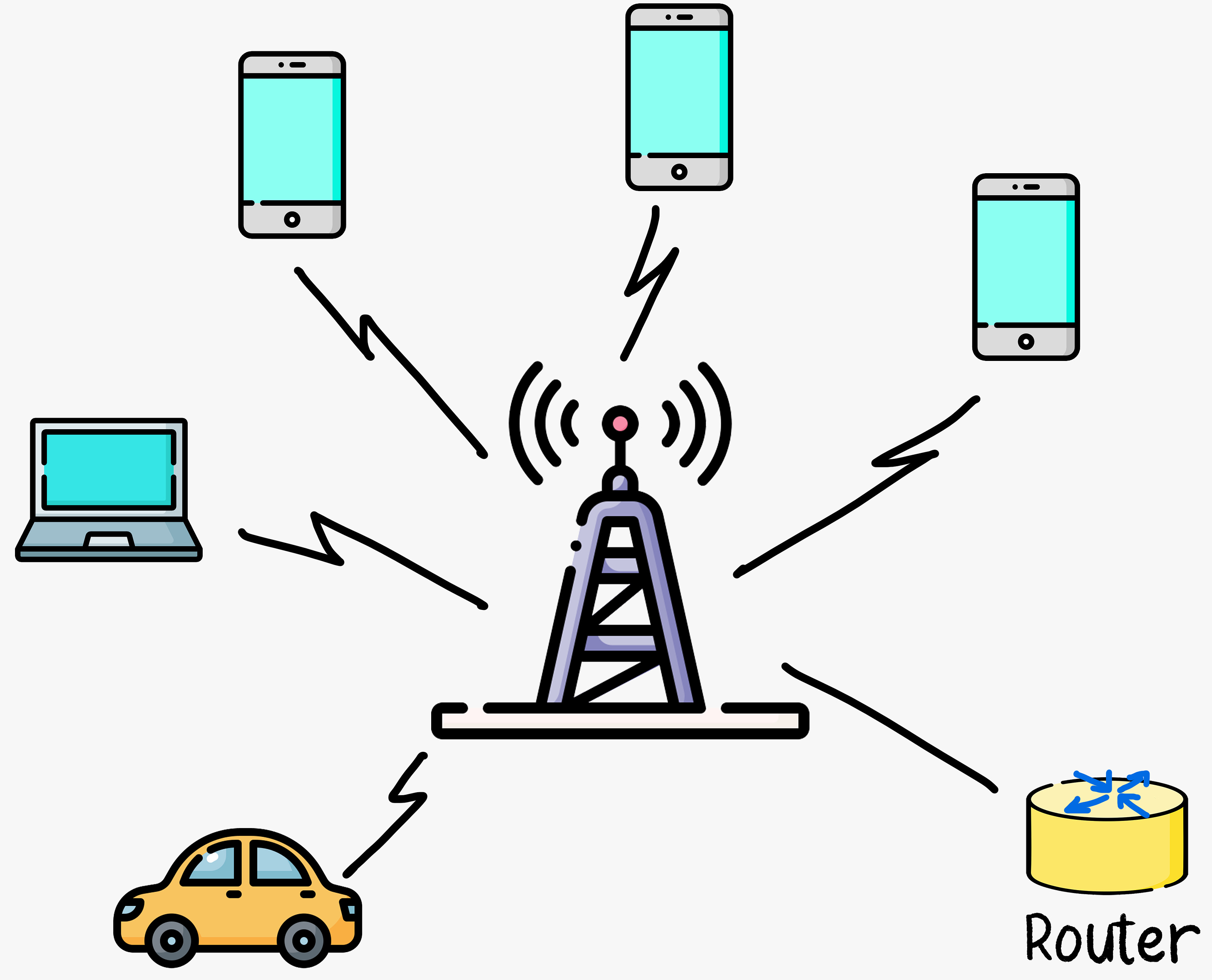













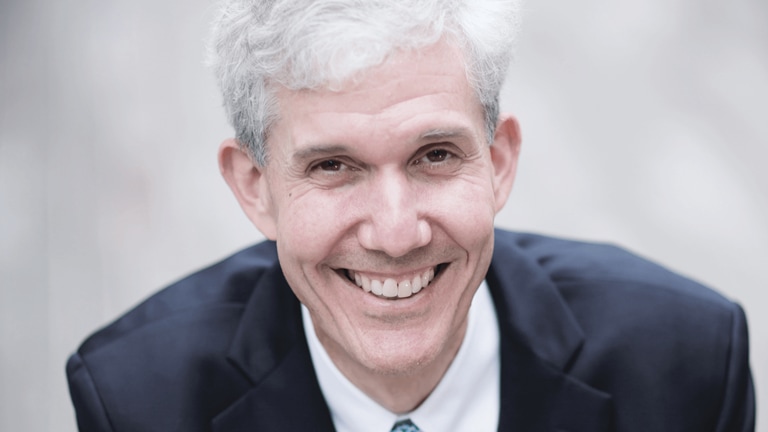





.png?width=1200&upscale=true&name=Group%201%20(6).png)







